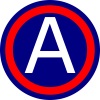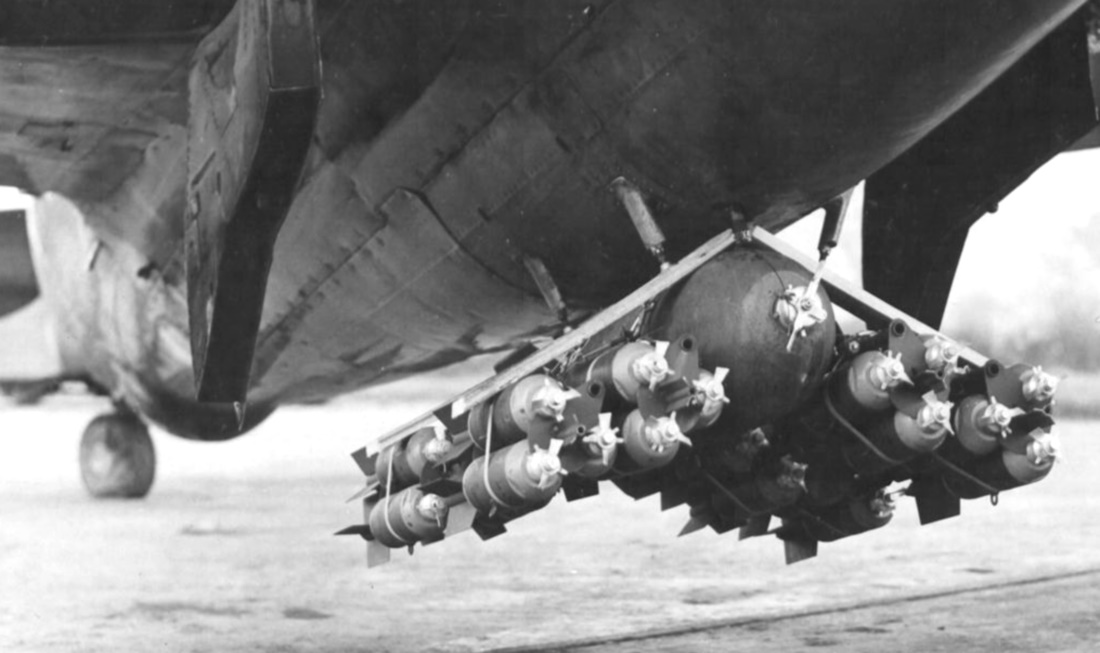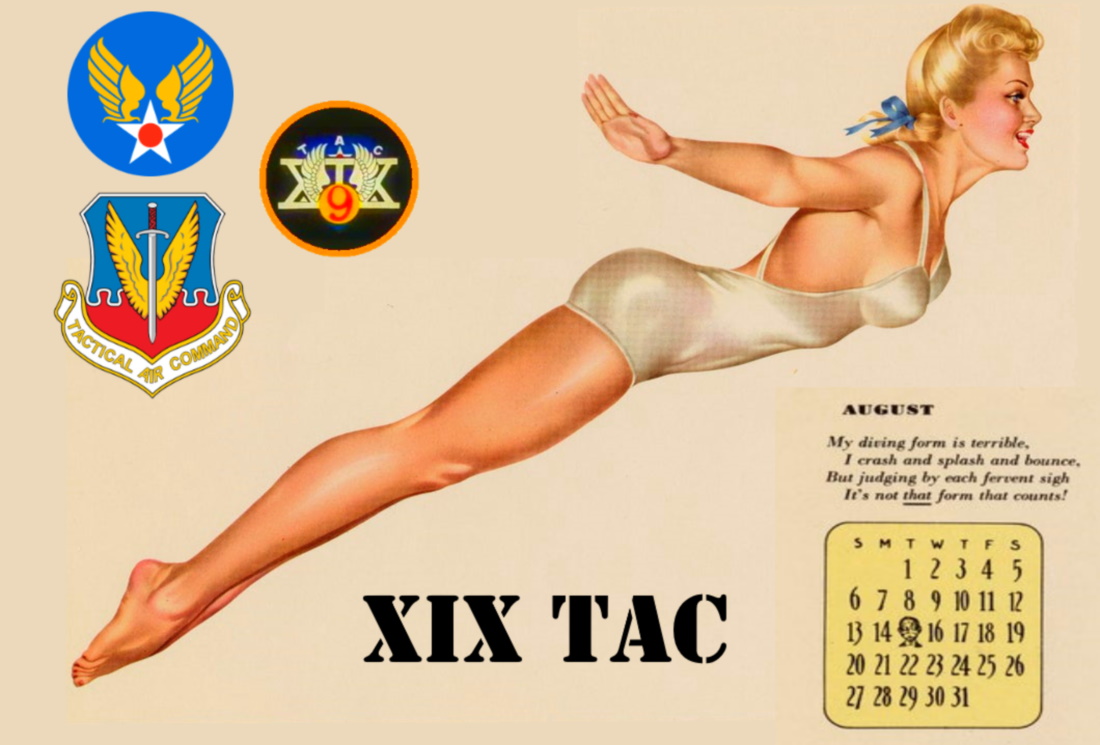Mission of the XIX Tactical Air Command
1 – Attainment and Maintenance of Air Superiority
Destruction of Hostiles Aircraft in the Air
Destruction of Hostiles Aircraft on the Ground
2 – Isolation of the Battlefield
Cutting of Rail Lines
Destruction of Bridges
Strafing & Bombing MT, Troops, Horse-Drawn Vehicles on Roads
Destruction of Locomotives and Rolling Stocks
3 – Close Air Support to Ground units in Combat
Destruction, Tanks-Armors by Bombing, Strafing, with API Ammo & Bombing
Bombing & Strafing Anti-Tank Guns and Artillery
Destruction of Supply and Ammunition Dumps
Bombing and Strafing Troops Columns & Concentrations
Bombing Fortifications with Napalm
The Background in Brief
The US 3-A had been in Germany before, as its shoulder patch attests – a white ‘A’ and red ‘O’ on a field of blue representing Army of Occupation. Lt Gen George Smith Patton Jr, Commanding, made no secret of the fact that his Army was going to Germany again, and in the shortest possible time. At 1500, on July 6, 1944, the 3-A arrived in France from England, establishing HQs at Néhou, Normandy. Assignment of units was as follows:
VIII Corps: 4-AD; 6-AD; 8-ID; 83-ID.
XII Corps: 80-ID.
XV Corps: 5-AD; 79-ID; 90-ID.
XX Corps: 7-AD; 28-ID; 2-French-AD.
 The initial objective of US 3-A when it became operational on Aug 1, 1944, was to drive south and southwest from present location (Avranches), secure area Rennes-Fougères, then west to capture the Brittany Peninsula and to open Brittany Ports.
The initial objective of US 3-A when it became operational on Aug 1, 1944, was to drive south and southwest from present location (Avranches), secure area Rennes-Fougères, then west to capture the Brittany Peninsula and to open Brittany Ports.
XIX Tactical Air Command, under Brig Gen Otto P. Weyland, had been operating from England for months as a part of IX Fighter Command. Gen Weyland had taken command on Feb 4 1944 at Aldermaston Court, near Reading, Berkshire, and subsequently, two wings and seven groups of fighter-bombers had been placed under the administrative control of the Command. These units were:
100th Wing: 354th Gp, 358th Gp, 362nd Gp, 363rd Gp.
303rd Wing: 36th Gp, 373rd Gp, 406th Gp.
Five of the seven were P-47 groups, while two, the 354th and 363rd, flew P-51s. The crack 354th Group had been the first P-51 outfit to go operational in this theater and all four of the 100th Wing groups had flown many missions in support of the 8-AAF heavy bombers during the winter and early spring. With the arrival of the 303rd Wing in the theater, all seven Groups began operating from advanced landing grounds. They took invasion and aided in supporting both the landing on D-day and the subsequent advance into Normandy. During the period when the US 1-A was the only American army in France, the XIX TAC groups based in Normandy were under the operational control of IX Tactical Air Command, supporting First Army. When the IX TAC moved to France with the 1-A, Gen Weyland assumed Command of the IX Fighter Command in England, and with it assumed operational control of all fighter-bomber groups of the IX and XIX TACs based in England. These groups were moved to France as rapidly as operating fields became available, and when Gen Weyland flew over late in July, the Fighter Command was dissolved. With the advent of US 3-A on Aug 1, 1944, the XIX Tactical Air Command took up the task for which it had been created – air support of an army in the Field. The Command’s advance Hqs had arrived in France on July 2, and, after a short stay in the vicinity of Cricqueville, had moved to the Néhou area, close to Gen Patton’s Hqs. Army and Air Command had been working together in England during the training and planning stages and accordingly were well prepared to function as a closely integrated team.
Situation
Following the capture of Cherbourg and the conquest of most of the Cotentin Peninsula, operations had slowed almost to a stand-still along a line running roughly east to west, in the American sector, from Lessay to Périers and St Lo. In this typical Norman ‘bocage’ country, consisting of small fields and orchards with hedges and deep drainage ditches, the enemy had made the rest of the terrain and was putting up a strong defense. To break up the deadlock, ‘Operation Cobra” was planned. On July 25, 1944, the Cobra struck – a concentrated attack by some 3000 aircraft, ranging from heavies and mediums to light and fighter-bombers, upon enemy defenses in a narrow sector along the Périers–St Lô road. This history-making operation had the desired effect.
Like the blasting of a dam, it permitted American infantry and armor to break through the defended zone and roll swiftly southward. Just one week after Operation Cobra, care for the long-awaited jump off of the 3-A and the XIX TAC.
Four 1000-lb bombs from a US 9-AAF B-26 Marauder bomber fall towards their target, the railway bridge over the Loire at Les Ponts-de-Ce, Angers, France, on Aug 1, 1944. The attack was part of the Allied plan to disrupt the Germans’ ability to reinforce their forces in Normandy.






















